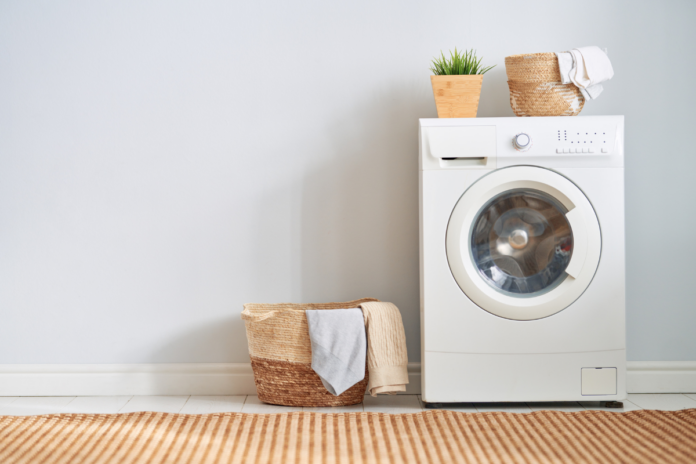Appliances help make life easier in the household, including cooking, cleaning, heating and cooling needs, laundry tasks and more. Some appliances even connect directly with smartphones for ultimate control!
Professional diagnosticians can quickly make accurate assessments to assist in making a determination about whether it is worth repairing your appliance, or when it may be more beneficial to simply replace it altogether. How much does an appliance service call cost? Learn that and you will quickly understand why you should know more about the topic.
Fans and Motors
Fan motors might seem complex appliance components to repair, yet it’s actually very straightforward. A buzzing noise may indicate debris blocking the motor’s path while rattling noises could signal something is caught inside the unit.
If a fan motor simply stops working, its bearings may have become stuck. This shouldn’t come as any surprise since these types of motors use oil-impregnated bronze bushings that wear down over time due to frictional wear and tear. When this occurs, replacing the capacitor (usually housed within a black box in the switch housing) requires disconnecting power, moving wire from point C to B and connecting a new capacitor with similar microfarad ratings – which should all take less than five minutes once power is back on.
Other than that, fans are relatively straightforward appliances. If your multispeed fan ceases functioning on one or more speeds, clean and service the switch (see our Appliance Controls Fix-It Guide for assistance). If an oscillating tower fan will no longer switch from side to side, clean and service its clutch knob and gear assembly assembly as soon as possible; and if its blades are noisy or dry on a box fan simply lubricate them as required.
Hoses
Hoses come in various sizes, but all share one thing in common: they’re typically composed of vinyl, rubber or polyurethane material. Many also come equipped with color-coded nylon covers designed to protect from external damage or UV rays.
Larger cracks or tears caused by snagging on objects or pet chewing can require splicing the hose with a hose mender available at hardware stores. Before purchasing one, be sure to ensure its diameter fits your hose; soak its cut ends in hot water or rub with soap to soften before installing your mender.
Couplings, the parts that connect your hose to a faucet or nozzle, can also be easily repaired with a hose mender kit. Before installing a new coupling, carefully uninstall and clean its area using a utility knife so as to ensure an ideal fit with its new counterpart.
Seals and Gaskets
An effective appliance repair may simply involve replacing worn out or loose seals and gaskets. A leaking refrigerator or persistent rattling noises from your dryer could be indicators that their rubber seals have worn down over time and need to be changed out for new ones.
Note the subtle distinctions between seals and gaskets when selecting materials for home appliance repair projects. Gaskets connect two flat surfaces such as pipe flanges; seals must fit tightly within grooves or channels like O-rings to function effectively.
Frank Lowe professionals can assist in selecting the ideal material for your appliance by offering an assortment of quality gaskets that suit various specifications and applications. Your ideal gasket typically depends upon whether or not it will be subjected to liquid or pressure and requires sufficient pliability or compression properties.
Electrical Connections
Most electrical devices rely on a steady supply of power for optimal operation. If your lights dim when turning on the refrigerator or appliances are susceptible to power surges or short circuiting, this could indicate wiring issues in your home and it is best to contact an electrician to identify their source as soon as possible and suggest repairs or improvements.
Flickering lights or an often-tripped circuit breaker could be caused by too many devices being plugged in at once and drawing more power than it can handle. If this occurs frequently for you or if devices seem less effective than usual, consider moving them to another circuit.
Every appliance requires electricity for proper functioning – be it switches, outlets, or the all-important breaker panel connections. Loose wire connections can become overheated and cause fires; so proper maintenance should always be adhered to.









